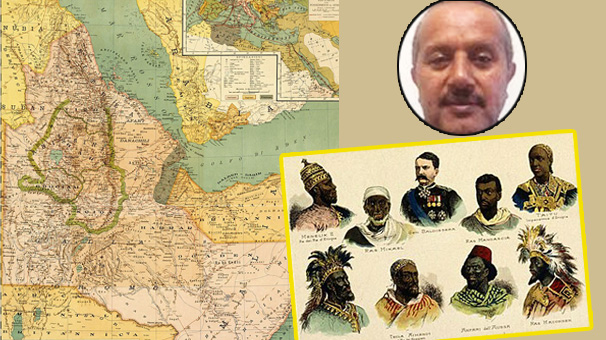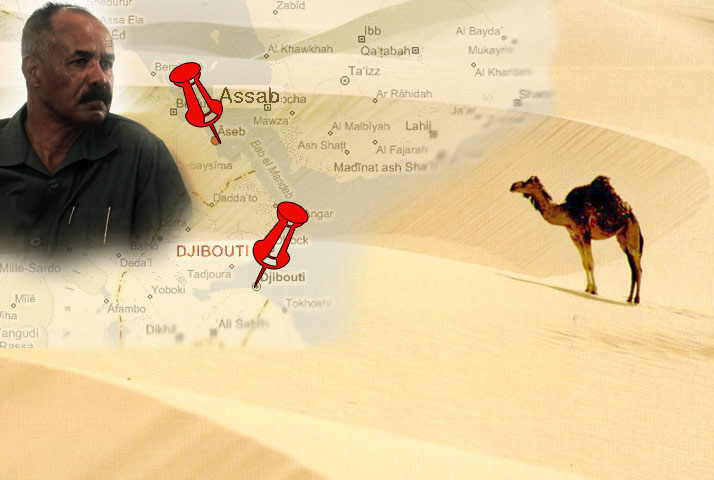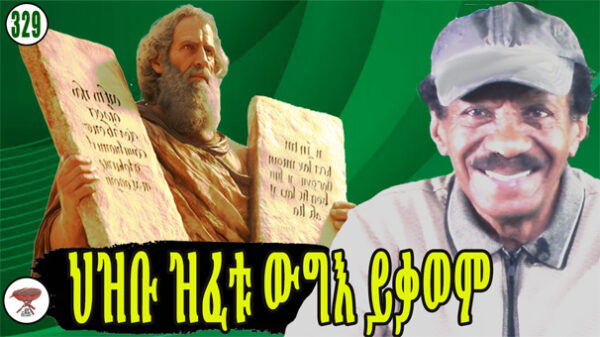The Disease the Colonizers Left Behind – The River Remembers Series*

The River Remembers Series*
“We inherited borders, but also a fever. A way of seeing ourselves through their eyes.”
The colonial presence in the Horn of Africa was never a single event. It was a patchwork of powers, the main actors of which were British, Italian, and French—each wielding a different theory of rule, but all intent on disruption. Unlike India or Algeria, where colonialism wore a singular imperial face, the Horn was made into a mosaic of occupation. Sudan, Eritrea, Somalia, and Djibouti—each country absorbed a distinct colonial imprint. And yet, the aftermath reveals a shared wound.
We often think of colonialism as a theft of land or labor. But its most enduring legacy was psychological: the rearrangement of the native’s mirror.
Sudan: Hierarchies Written in English
In Sudan, British indirect rule bred a subtle cruelty. Instead of dismantling local power structures, the British deepened them. Northern elites were groomed for governance, while southern and western regions were sidelined. The Arabized few were given education and posts in the civil service. A fissure was created between the tribal and the urban, the Arab and the African, the North and the rest.
Post-independence Sudan was handed a poisoned chalice: a country already taught to mistrust itself.
The disease the colonizer left was not just division. It was the illusion that these divisions were natural.
Eritrea: Modernity, Division, and the Italian Mirage
In Eritrea, the Italians pursued settler colonialism, which comprised building roads, railways, cafés, and cathedrals. Asmara became the “Little Rome” of East Africa. But it was also a city of segregation. Eritreans were forbidden from walking on certain sidewalks. Fascist racial laws turned neighbors into inferior subjects.
And yet, the seduction of modernity lingered. Even after the Italians were ousted, their legacy remained visible in the architecture, in the schooling, and in the dangerous aspiration to “look European.”
But Italy’s defeat in World War II did not end the colonial experiment. From 1941 to 1952, the British took over Eritrea as caretaker administrators. Far from neutral stewards, they presided over the rise of sectarian divisions in Asmara, stoking political and religious rivalries between Christian and Muslim Eritreans. What might have been a moment of unification became instead a new phase of fracture.
Colonialism had taught Eritreans to measure progress in Italian and to fear one another in English.
Somalia & Djibouti: Fragmented Tongues, Foreign Maps
Somalia’s fate was even more fragmented. The British ruled the north, the Italians the south. Djibouti fell under French assimilationist doctrine. By the time independence came, the Somali people spoke in different colonial tongues. Their maps no longer matched their culture. Efforts at unification toward Greater Somalia became militarized dreams, always receding.
Here, the colonial disease was confusion: How do you forge unity when your very geography was designed to keep you apart?
Ethiopia: The Native Colonizer
Ethiopia often stands apart in postcolonial narratives—celebrated as the lone African nation never colonized. But this framing hides as much as it reveals. For a while Ethiopia repelled European conquest, but it embraced the logic of empire.
Its emperors did not merely defend borders—they expanded them. Northward until Italian rifles blocked the path in Eritrea, southward and eastward into Oromo, Sidama, and Somali lands. To the east, it claimed the Ogaden. To the north, it waited until the collapse of Italian control and British withdrawal made it possible to annex Eritrea as its fourteenth province in 1962. It even sought to influence Djibouti through demographic strategy, encouraging Afar dominance in hopes of securing maritime access.
Ethiopia did not mimic the colonizers by accident—it anticipated them. It wielded the same tools: forced assimilation, language suppression, and imperial hierarchy, all couched in the language of national unity. The empire’s Amharization campaign mirrored the French mission civilisatrice, though it spoke in Ge’ez and Amharic rather than French.
In this way, Ethiopia complicates the postcolonial binary. It was not simply the survivor of empire but a native practitioner of it.
Mimicry as Aftermath
Across these countries, the colonizer left not just boundaries but behaviors. The ruling elite began to dress, speak, and even think like their former masters. In schools, children learned about Napoleon before they learned about Queen Arawelo. Law was written in alien syntax. Beauty became what the French or Italians or the Brits had once called beautiful. Zeudi Araya, who won the Miss Eritrea beauty pageant in 1969, might have been a product of such designation.
This is what Homi Bhabha called colonial mimicry, a performance of the colonizer’s way of life that is “almost the same, but not quite.” It is also what Frantz Fanon diagnosed as the tragedy of the native intellectual: continuously looking for themselves in someone else’s mirror.
The colonizer left, but the mimicry stayed.
Toward a Conscious Mirror
What, then, are we to do?
To reread our histories is not enough. We must also revisit them. Fiction and memory, done honestly, can do this. They can expose the infection. They can bring the symptoms to light. They can remind us that silence, mimicry, and internal divisions were not born within us—but they were planted.
And if we do not speak of this disease, we will pass it on.
Let us begin, then, by naming it. Let us trace how the French taught obedience, how the British taught class, and how the Italians taught hierarchy. Let us trace how our protagonists—Sumaya, Samira, and Semhar—come to realize that the true colonizer is no longer across the sea, but beneath their skin, in the language of their politics, in the curriculum of their schools.
Only then can the mirror reflect something real.
*The River Remembers series is going to be anchored on Tayeb Salih’s (1969) Season of Migration to the North. This first essay is meant to serve as a background and foreground to the series that would follow.
For Further Reading and Citation:
This essay draws from a lineage of anti-colonial and postcolonial scholarship that examines mimicry, internalized coloniality, and the psychic afterlives of empire. For deeper engagement, see:
Bhabha, Homi K. 1994. The Location of Culture. London: Routledge.
Fanon, Frantz. 1952. Black Skin, White Masks. Translated by Charles Lam Markmann. New York: Grove Press.
Mamdani, Mahmood. 1996. Citizen and Subject: Contemporary Africa and the Legacy of Late Colonialism. Princeton: Princeton University Press.
Ngũgĩ wa Thiong’o. 1986. Decolonizing the Mind: The Politics of Language in African Literature. Nairobi: Heinemann.
Sahle, Amanuel. “The Colonizer in the Mind: Eritrean Identity in a Post-Italian World.” Journal of African Memory Studies, vol. 3, no. 1, 2013.
Woldemichael, Yirga W. 2016. Native Colonialism: Education and the Economy of Violence Against Traditions in Ethiopia. Trenton, NJ: Red Sea Press.
Special acknowledgment is due to Yirga Woldemichael’s formulation of “native colonialism,” which shaped this essay’s analysis of Ethiopia’s imperial role in the region.




Awate Forum